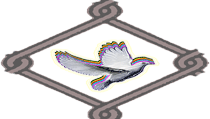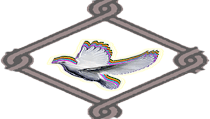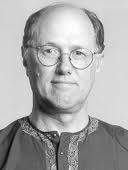Living in Parallel Universes
By George Wolfe
The Outer Banks of North Carolina is a precious environmental reserve. While vacationing there this past September, I had the rare opportunity to witness one of the remarkable marvels of nature. On the beach about 50 yards from our hotel, 90 plus baby loggerhead turtles had begun to hatch and crawl out of their nest. After orienting themselves to the evening light reflecting off the incoming waves, they began their arduous journey to the sea. Trained conservation workers were there helping to guide the turtles while making sure onlookers stayed clear and did not confuse the turtles with flash cameras.
Albert Einstein said, “There are only two ways to live your life. One is as though nothing is a miracle. The other is as though everything is a miracle.”
As I observed this amazing natural phenomenon, I realized the two ways I could perceive this event. I could see it through the eyes of evolutionary biology, in which case I would recognize this as the result of millions of years of evolution. Those individuals who could adapt to their environmental challenges would be more likely to have offspring and pass on their genetic material that gave them an advantage in the struggle to survive.
At the same time, I could appreciate the baby turtles through the eyes of wonder, in which case I would view it as a miraculous complex event, an expression of what we might refer to as “Mother Nature,” a consciousness that seems as much spiritual as it is biological. It is as if I have a choice as to the kind of universe I want to live in.
In his book The Demon Haunted World: Science as a Candle in the Dark, astronomer Carl Sagan recognizes that “. . . nature is always more subtle, more intricate, more elegant than what we are able to imagine.” It is perhaps an experience like seeing the baby loggerhead turtles, investigated through the discipline of science yet viewed with awe, that moved Sagan to write: “Science is not only compatible with spirituality; it is a profound source of spirituality. When we recognize our place in an immensity of light‐years and in the passage of ages, when we grasp the intricacy, beauty, and subtlety of life, then that soaring feeling, that sense of elation and humility combined, is surely spiritual. So are our emotions in the presence of great art or music or literature, or acts of exemplary selfless courage such as those of Mohandas Gandhi or Martin Luther King, Jr. The notion that science and spirituality are somehow mutually exclusive does a disservice to both.”
So which universe should we live in? In a sense, the universe as defined by Isaac Newton denies miracles. The “laws of nature” govern everything. Something may seem like a miracle, but that is only because it is too complex for us to understand as of now. Once we dissect the phenomenon enough, whatever it is, we think we will understand it fully.
The other universe is one where everything is a miracle. When systems reach a certain level of complexity, subtlety and synergy, we stumble onto a reality that is beyond what the mind can fully grasp. We are awakened to the beauty of incomprehensible wonder.
I personally find myself living in both universes. The more I appreciate evolution, the more I see it as miraculous. Those baby loggerhead sea turtles are a miracle, as was the birth of the universe from an incomprehensible singularity 14 billion years ago.
George Wolfe is Professor Emeritus at Ball State University and former Director and Coordinator of Outreach Programs for the Ball State University Center for Peace and Conflict Studies. He also chairs the Muncie Interfaith Fellowship, is a trained mediator, and is the author of Meditations on Mystery: Science, Paradox and Contemplative Spirituality.



